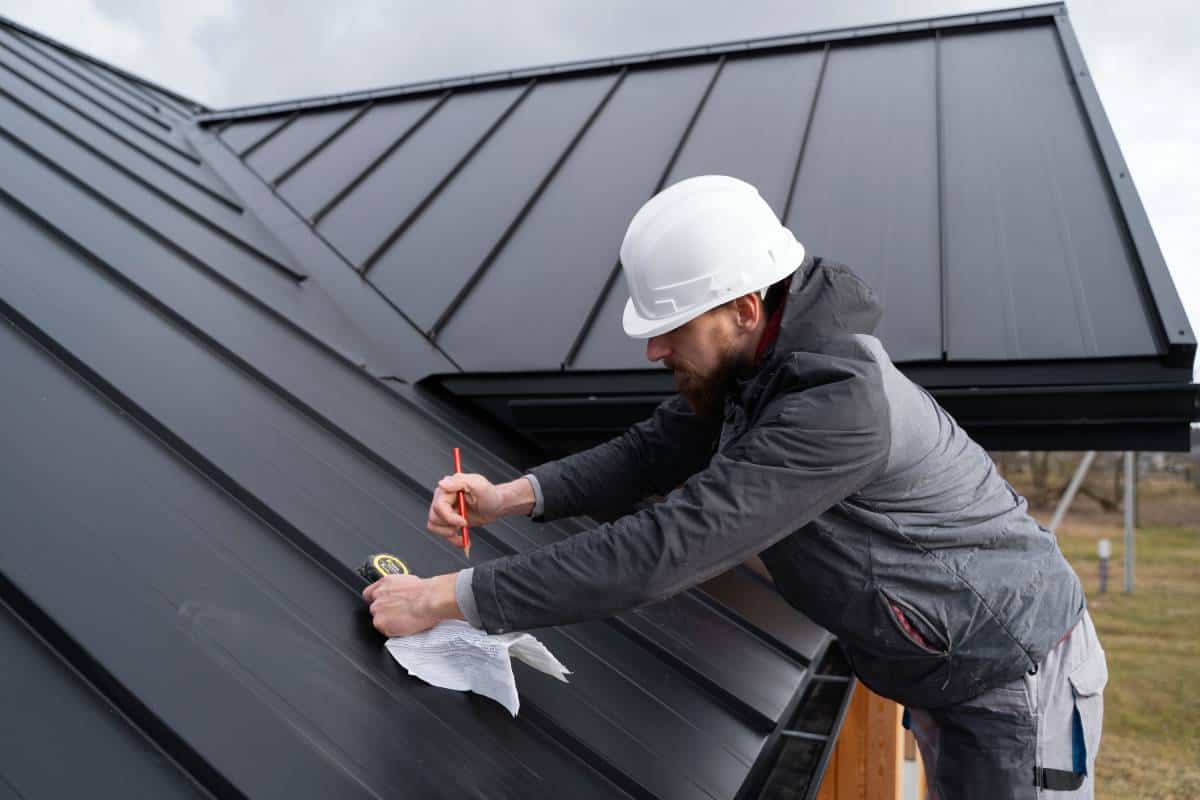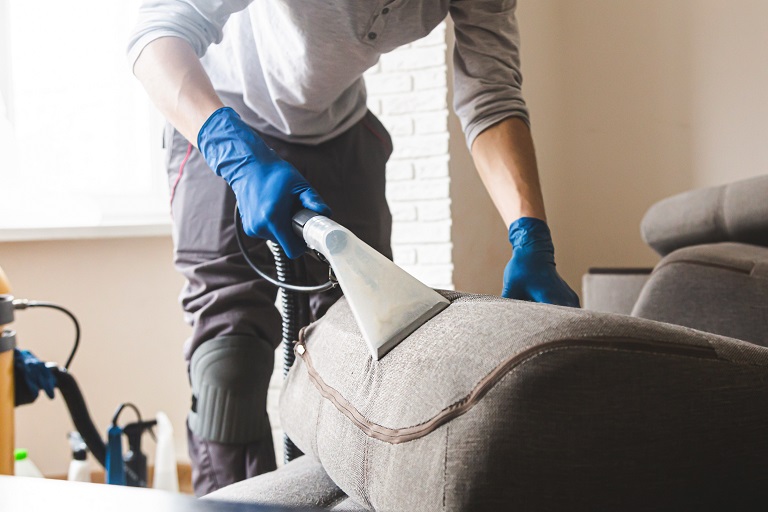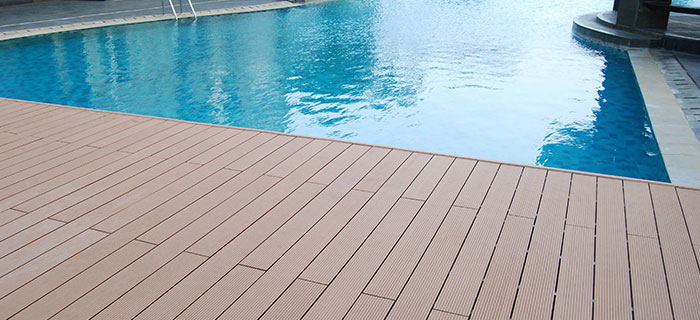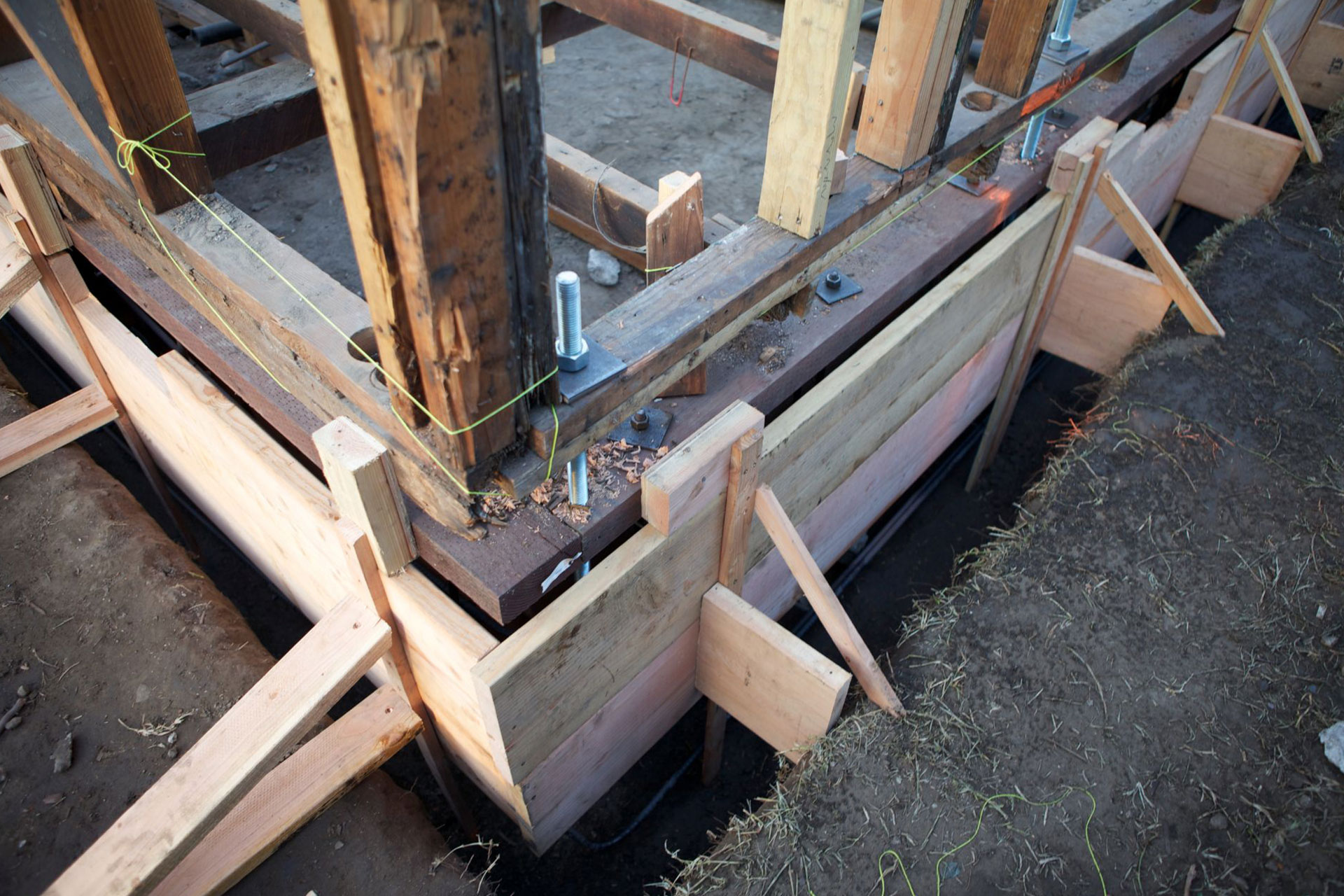Metal has always been synonymous with strength, yet when it comes to roofing, some homeowners still picture a rusty barn roof after years of exposure. That image belongs to the past. Today’s metal roofing is engineered to withstand the harshest conditions while maintaining its integrity and appearance for decades. With advanced coatings, protective finishes, and improved designs, rust is no longer the threat it once was.
This shift has made metal one of the fastest-growing roofing options across colder and storm-prone regions. Beyond durability, it offers energy efficiency, aesthetic appeal, and excellent long-term value. To understand why the rusty stereotype is outdated, it’s worth exploring how innovations in roofing materials now provide homes with lasting protection.
The Myth of Rusty Roofs
For generations, metal roofs carried the stigma of rust. Old corrugated sheets often lacked protective coatings, leaving them vulnerable to moisture, snow, and salt air. Over time, this exposure led to visible corrosion, weakening the structure and compromising the appearance.
That perception still lingers, but it’s no longer accurate. Modern metal roofing has been reinvented with superior materials and coatings specifically designed to resist corrosion. Today’s products bear little resemblance to the tin roofs of decades ago. Instead, they’re engineered to last 40 to 70 years, far outlasting traditional asphalt shingles.
This evolution means homeowners can now enjoy all the strength of metal without worrying about the orange-brown stains of rust creeping across their roofline.
Protective Coatings That Do the Heavy Lifting
The secret to rust resistance lies in protective coatings. Zinc-based galvanization, one of the most common methods, acts as a sacrificial barrier—preventing water and oxygen from reaching the steel beneath. Other advanced coatings, such as galvalume (a mix of zinc, aluminum, and silicon), provide even greater resilience, especially in areas with extreme weather.
Beyond zinc, modern metal roofs are finished with high-quality paint systems that serve both functional and aesthetic purposes. These coatings not only shield against corrosion but also enhance curb appeal with a wide range of colours and textures. Unlike older systems, these finishes are designed to resist peeling, fading, and cracking, even after decades of exposure to UV rays and harsh winters.
Homeowners can now trust that their roof isn’t just tough on the inside—it’s beautifully protected on the outside as well.
The Science of Rust Resistance
Rust occurs when iron reacts with oxygen and moisture, creating iron oxide. In roofing, this process is accelerated by exposure to rain, snow, salt, and pollutants. By interrupting this chemical reaction, modern roofing materials effectively neutralize the threat.
Protective coatings form a barrier, preventing oxygen and water from reaching the steel. Additionally, roofing panels are often designed with concealed fasteners and advanced drainage channels that reduce water pooling—one of the biggest causes of corrosion. Even in coastal regions, where salt accelerates rust, metal roofing is built to resist degradation.
This science-backed engineering means modern systems aren’t just built to survive—they’re built to thrive under conditions that would have destroyed older roofs.
A Climate That Puts Roofs to the Test
Few environments are as punishing on roofing systems as those marked by heavy snow, ice buildup, freeze-thaw cycles, and driving rain. In coastal areas, salty air adds yet another layer of challenge. Most traditional materials wear down quickly under this kind of stress. Metal roofing does not.
Its resistance to rust makes it particularly suited to northern climates, where moisture and snow are ever-present. Snow slides easily off smooth metal surfaces, reducing the risk of leaks and ice dams. Unlike shingles, which can curl, crack, or lose granules under stress, metal panels remain strong and intact. The result is a roof that holds its value and performance even after decades of exposure.
In urban settings, where pollution contributes to acidic rainfall, metal roofs also excel. Advanced coatings ensure that corrosive elements simply don’t penetrate the surface. For homeowners seeking security, durability, and peace of mind, metal has become an increasingly popular choice.
More Than Just Durability—Style and Value
Durability may be the headline, but today’s metal roofing delivers more than just strength. With finishes that mimic tile, slate, or even wood shakes, homeowners don’t have to compromise on style. The wide range of colours and textures ensures every home can find a match that enhances curb appeal.
The financial value is equally compelling. Though the upfront investment is higher than that of asphalt shingles, the long lifespan means homeowners often never have to replace their roof again. Lower maintenance costs, better energy efficiency, and reduced risk of leaks further improve the return on investment. In resale scenarios, a metal roof can even increase property value, as buyers recognize its durability and aesthetic appeal.
For those weighing both short- and long-term benefits, metal provides unmatched value across performance, appearance, and cost savings.
Goodbye Rust, Hello Reliability
The days of rusty, failing roofs are long gone. Modern metal roofing combines advanced coatings, smart engineering, and long-lasting beauty to create a product that stands up to anything the climate throws its way. Resistant to corrosion, efficient in performance, and attractive in design, it offers a comprehensive solution that outshines traditional roofing materials.
By investing in metal, homeowners gain peace of mind knowing their roof will not only survive but thrive for decades to come. Rust has become a relic of the past. Today, the only thing metal roofing leaves behind is strength, style, and reliability.




